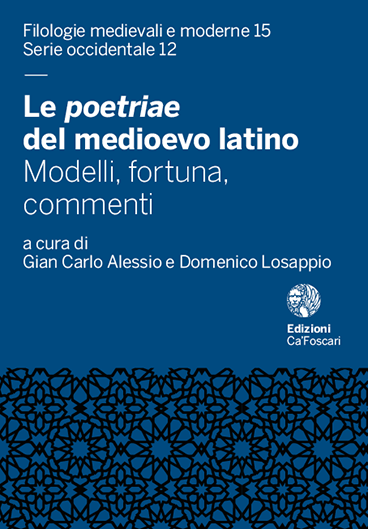- search 290 views
- file_download 15 download
- keyboard_capslock metadata
-
mark_email_readIscriviti alla newsletter
L’impronta di Matteo di Vendôme nella diffusione degli schemi di correlazione e pluralità (sec. XI-XVI)
abstract
Matteo of Vendôme’s Ars versificatoria is the volume that, more than any other, lets us identify in the troubadours’ vocabulary some recurring features regarding morpho-stylistics and rhyming. Moreover, the Ars versificatoria is the well-known archetype of two stylistic features that are crucial in authors of trobar clus (especially Raimbaut d’Aurenga and Arnaut Daniel), who hand them down to Petrarch and the European Petrarchism: the first one concerns the asyndeton (Versefüllendes Asyndeton) that is usually employed in the ordo artificialis to mark the beginning of a poem; the latter regards the arrangement according to the rhetorical pattern called versus rapportati. As to the Poetria nova, it lets us clarify the meaning of some keywords of the troubadour poetry, especially those related to a technique that is usually (and anachronistically) interpreted in a symbolic way, but which actually derives from rules and notions coming from the school of Chartres and elaborated by Geoffrey of Vinsauf. This paper can be viewed as a chance to gather and re-examine many ideas collected in some of the Author’s publications.
Keywords: Petrarch • Matthew of Vendôme • Raimbaut d’Aurenga • Geoffrey of Vinsauf • Arnaut Daniel • Etienne Jodelle • Versus rapportati • Jean de Sponde




